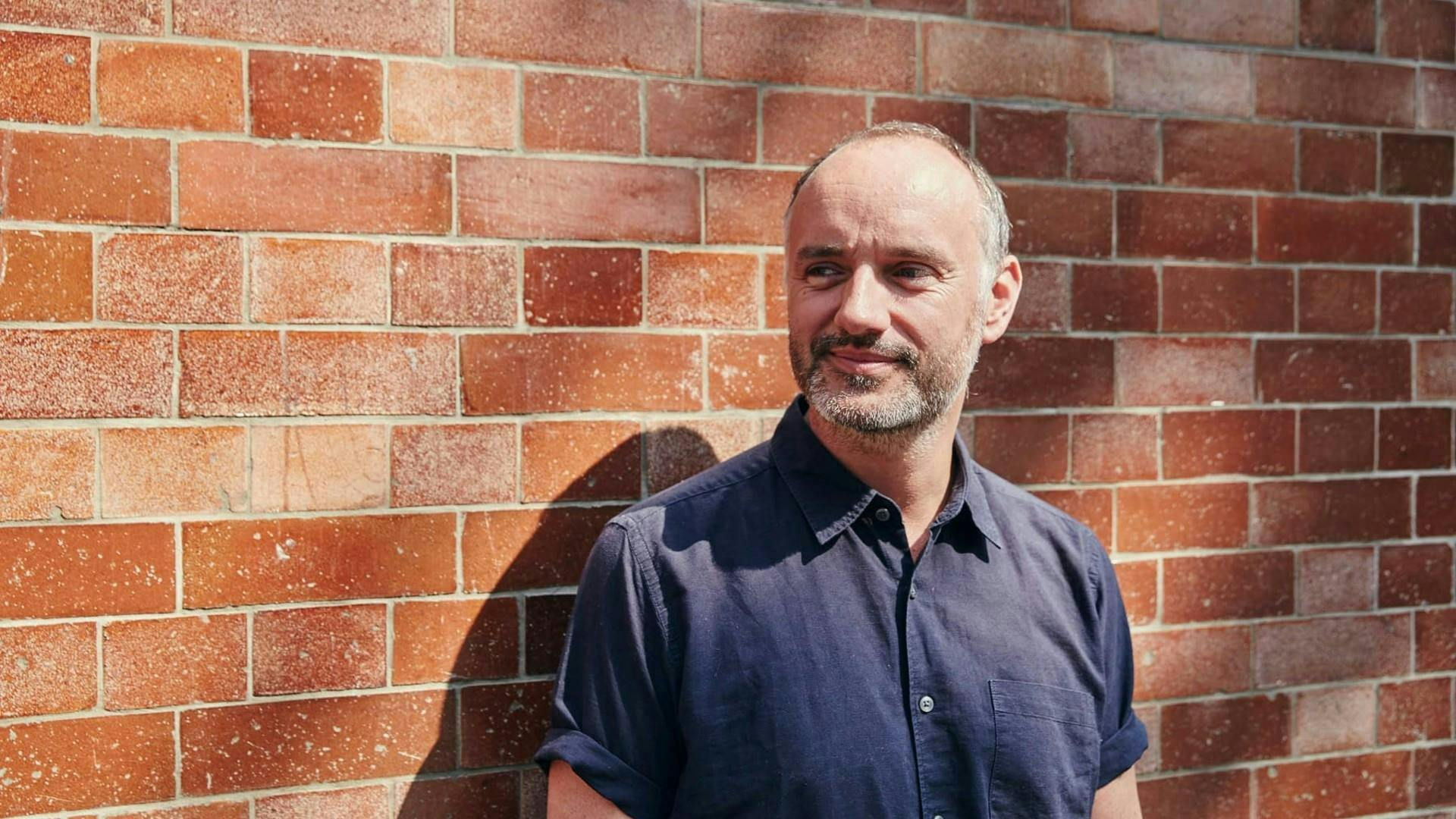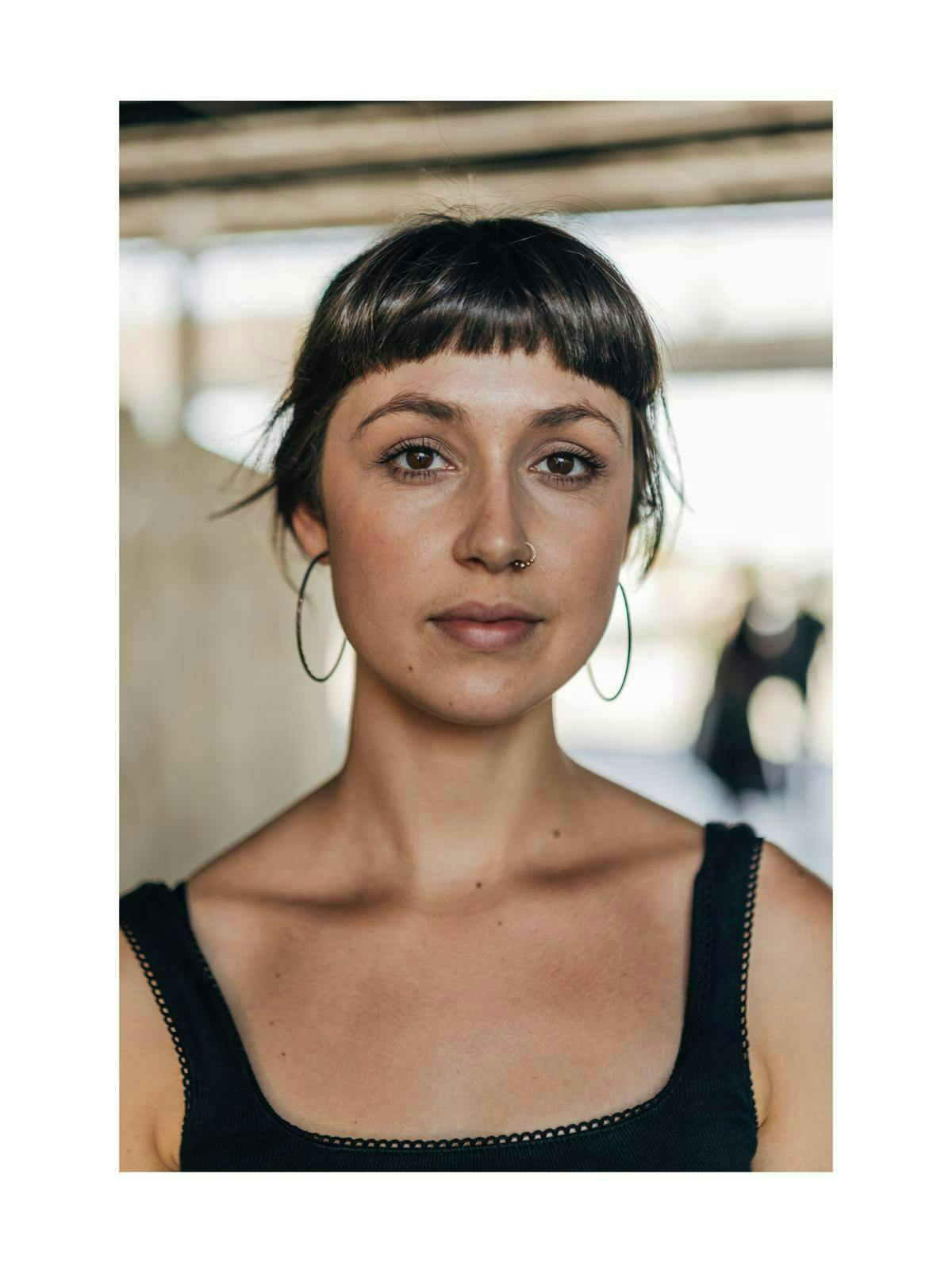"Keep your idea a side hustle for as long as you can before turning it into your main hustle"
ver wondered what it really takes to turn an idea into a prosperous business? Meet the serial entrepreneur and program facilitator at advertising and design association D&AD who’s teaching others how to do exactly that.

Photo: Tom Evans
Many consider starting a business to be more of a fanciful idea that’s too high risk than a lived reality. But Tom Evans, a serial entrepreneur with a wealth of experience in creative, business and tech industries, suggests an alternative.
As a lead facilitator at the D&AD Startup School, a London-based program geared specifically toward those with a 9-5 job and an entrepreneurial dream, Tom tells Startup Guide that the side hustle approach is among the best for starting a business.
“You need a bit of time to nurture your business and find out the right thing to do to sustain yourself,” he says, adding that nothing kills a business faster than having to use it as your sole source of income.
While many may choose the stability of a standard job that’s 40 hours per week, and others will take a leap of faith in the direction of startup success, Tom advocates a mixture of the two. He emphasizes that while pursuing a side hustle alongside your day job can take practical considerations into account, you shouldn’t let your entrepreneurial plans die.
So what exactly is the right time to start a business? And what are the necessary steps to turn your side gig into a reality? Tom sat down with us recently and chatted about these very points.
How did Startup School come to be?
Tom: It started out as a talk that I initially gave at the D&AD festival two years ago called 'Startup School: the one hour creative MBA.' In parallel to that, D&AD and I were in conversation about what else we could offer that could be relevant to the industry.
There's a lot of energy around entrepreneurship and startups in general. I’ve seen a decline in pure advertising agencies and pure creative agencies, so I've been trying to bridge the gap between these two things and move D&AD into more of a world of startups and innovation within business, rather than pure advertising in the agency world.
I'm an ex-agency person that left to start up their own business. And that's where all the exciting stuff is now. Startups are where creativity lives. So Startup School came out of the knowledge I had garnered from previous experience.
Having founded several companies yourself, did these start as side hustles alongside a full-time day job?
Tom: Yes, BleepBleeps certainly was. I'd always worked with brands and technology more so on the agency side. And then I had kids and I was disappointed by what you could find on the market. I saw this as an opportunity to create something that was joyful, playful, fun and design-orientated. That also made parenting easier.

Illustrative photo: Unsplash/Rawpixel
Startup School aims "to assist people who are on the brink of turning an idea/passion into a fully formed brand, without it impacting their performance or focus in their full-time day job." What inspired this and what's the thinking behind this?
Tom: I suppose what inspired it was having learned so much from my own process about taking an idea and making it into a reality. Often what you need is a little bit of guidance to help you navigate the many complicated hoops that you need to jump through.
There are several aspects that you have to consider along the way, one of them being your mindset and how you feel about the world and your role within it, another being the grit and resilience required to keep going, and drag something kicking and screaming into reality. We talk a lot about these things at Startup School.
Did you think there are a lack of resources out there that address these kinds of topics?
Tom: I guess where we fill a hole is that most of the people at Startup School have a job. I think the side-hustle approach is a wise thing to do because you don't just want to throw the towel in and jump with both feet without really knowing what you're getting into.
At the start of your journey, you may not even really know what it is that you want to do – you might just have an area that you want to explore, or you might just want to learn something for when you do eventually have an idea.
You need a bit of time to nurture your business and find out the right thing to do to sustain yourself.
I think a lot of the process is really about sharpening and refining what it really is that you want to make and achieve. An incubator or accelerator would require you to say upfront exactly what your idea and future plans are, and you might not know.
Also, Startup School allows you to go through the motions of deciding on an idea during the evenings or on the weekends in parallel to your day job, so there’s no time constraints.
When did you know it was the right time to turn your ideas into fully formed brands?
Tom: It's funny you should ask that, because I feel like I started with brand. I'm not a developer and I'm not an industrial designer. I'm a jumped-up graphic designer to tell you the truth.
What I could do was create a sort of world and a design language and a kind of feel for a brand. I think most startups start with tech and try to wrap brand and purpose around it. I started with a brand idea and a purpose and then later filled it out with tech, design and hardware.
Developing brand was something I could do on my own in my spare time. I then went down to four days a week, so my side hustle grew into 20 percent of my time. Then, after help from Kickstarter, I was able to jump ship entirely and my side hustle became my main hustle.
How important is it for creatives or aspiring entrepreneurs to consider turning their side hustles into startups? Does there have to be an element of practicality involved as well?
Tom: Well, there's a famous quote by Derek Sivers. He says you shouldn't start a business unless someone is begging you to. Coupled with that, nothing kills a business faster than having to use it to sustain you as a founder.
If you are making decisions based on immediate revenue and cash flow then you are not building a platform for the future that can grow. You're just looking for the quick win.
You need a bit of time to nurture your business and find out the right thing to do to sustain yourself so that you can still put food on the table. My advice would be to go slower and work on your project in parallel to something else before you fully commit.
What tips do you have for someone who wants to turn their idea into a brand?
Tom: First of all, customers are your best investors. If you can demonstrate a revenue stream or find a way of getting cash into the business, it's a good time to jump in then.
I think my advice would be to keep your idea as a side hustle for as long as you possibly can. In fact, one of the ways to do it is by having several side hustles, because either one of them will work stratospherically. I would keep it broad and open for as long as possible.
Main photo: Unsplash/Simon Abrams

